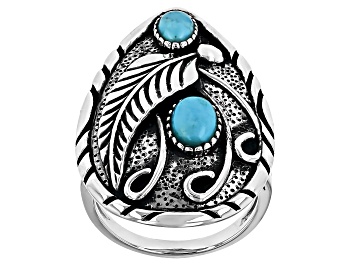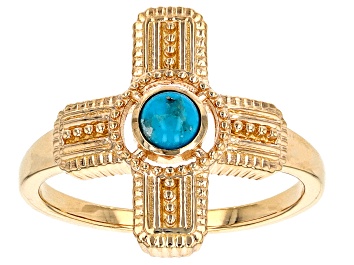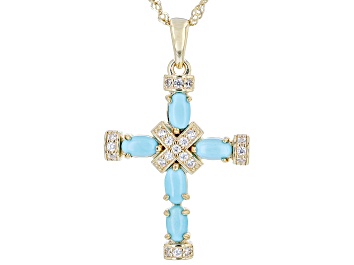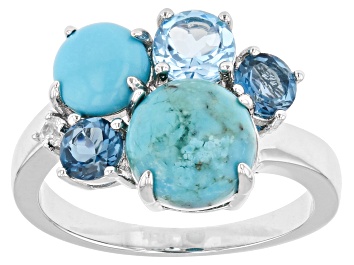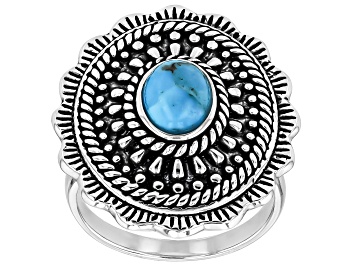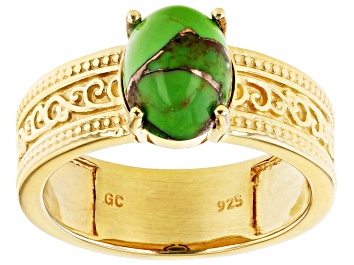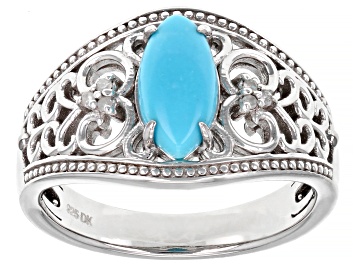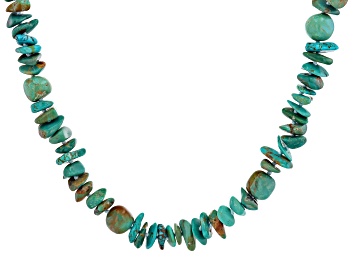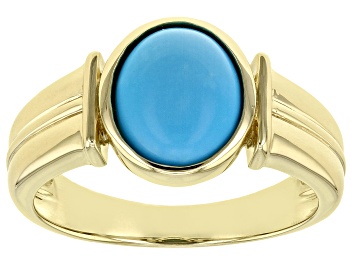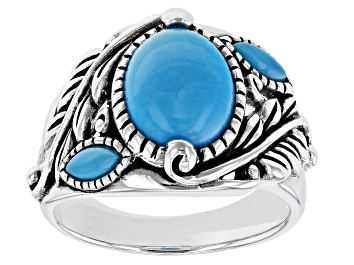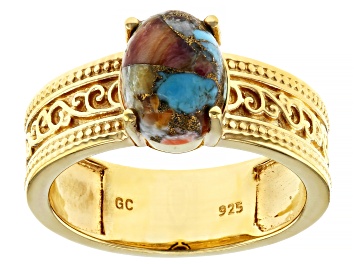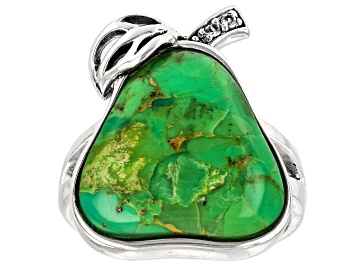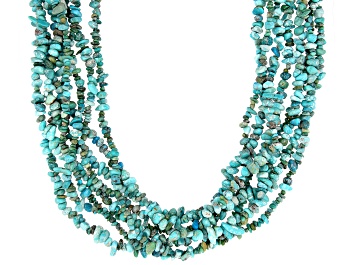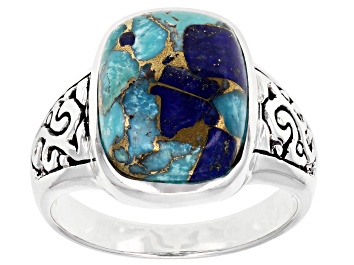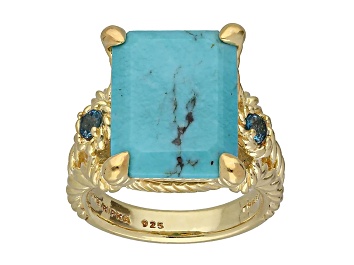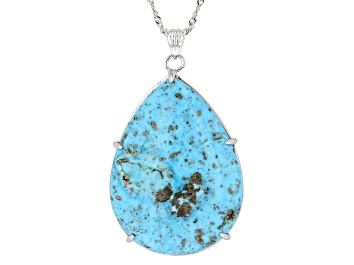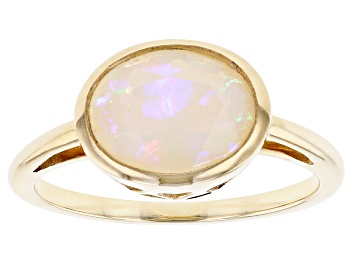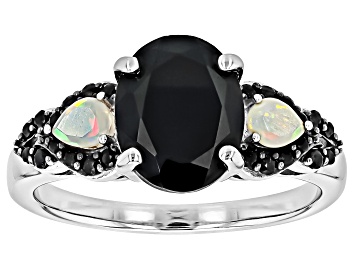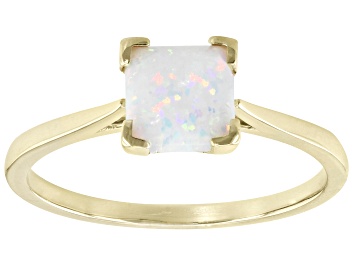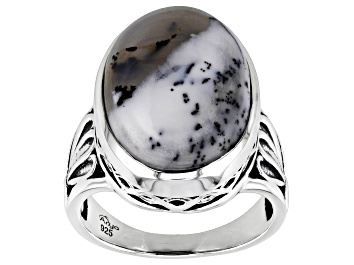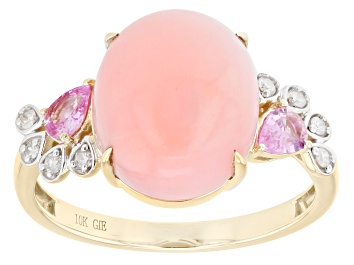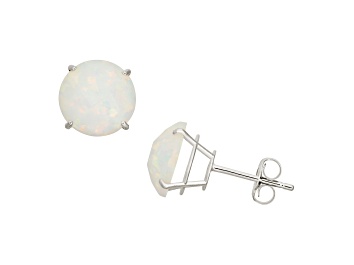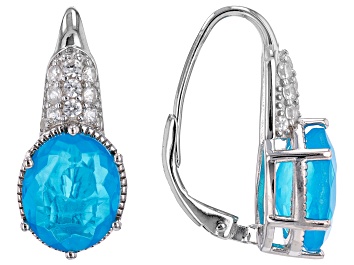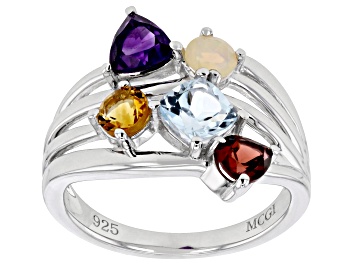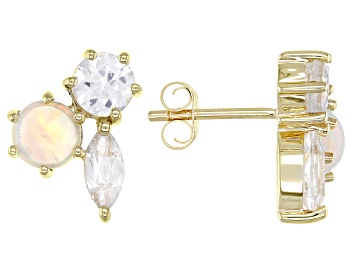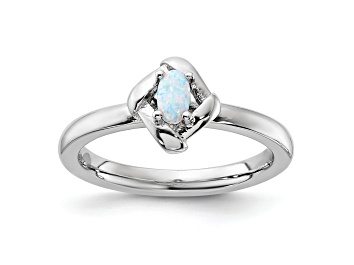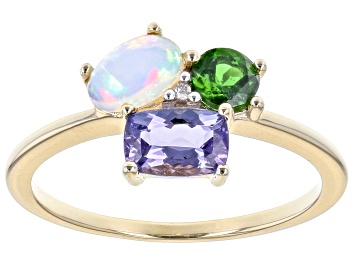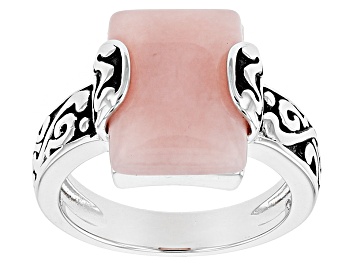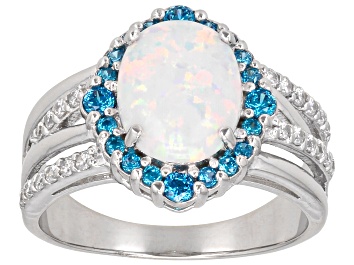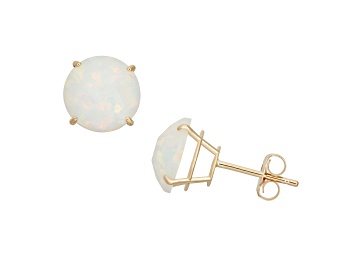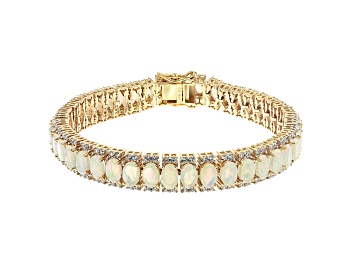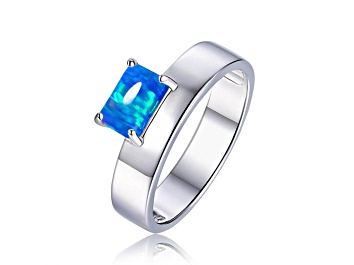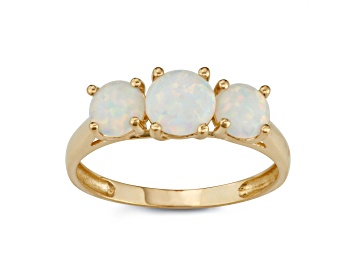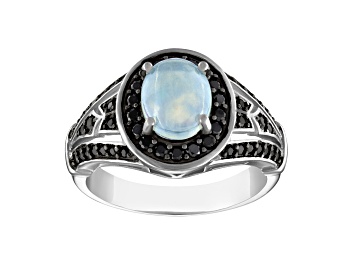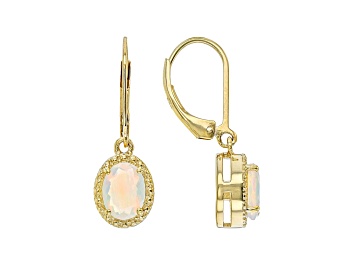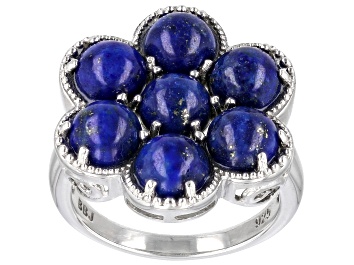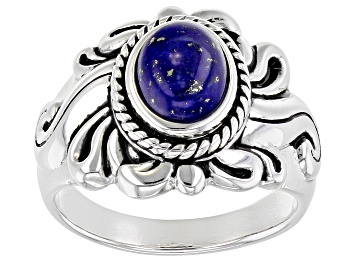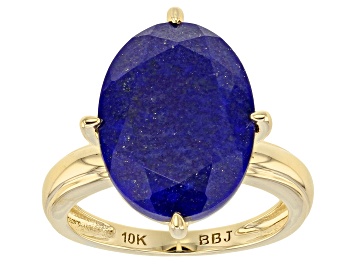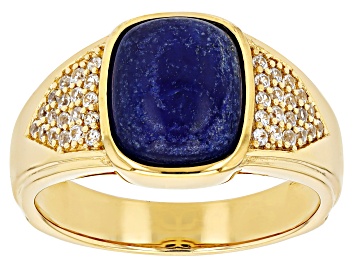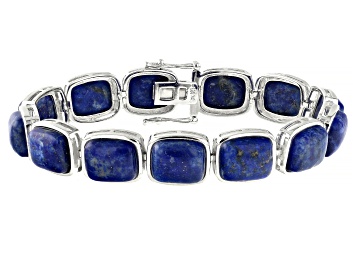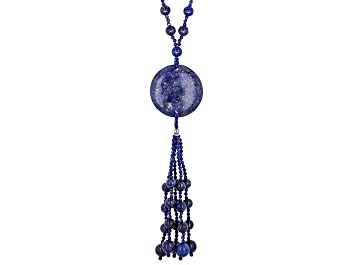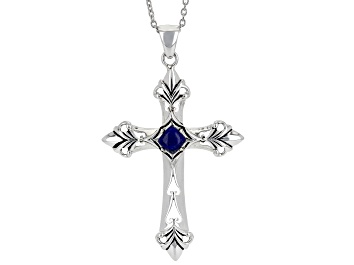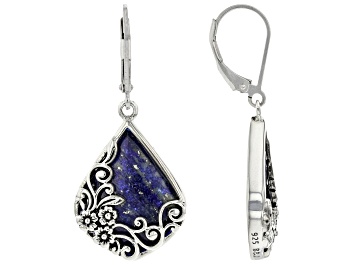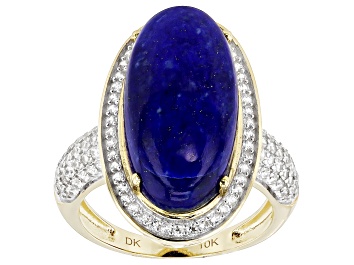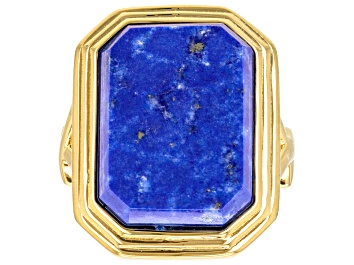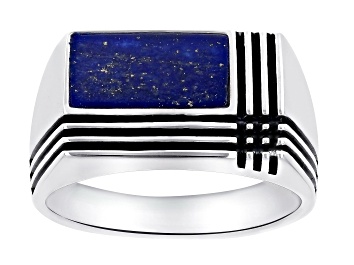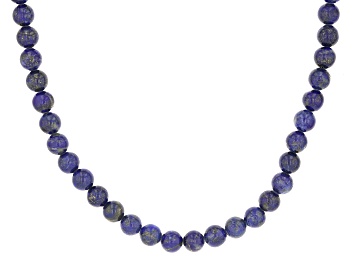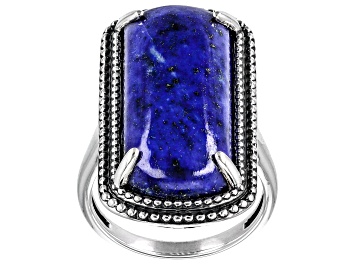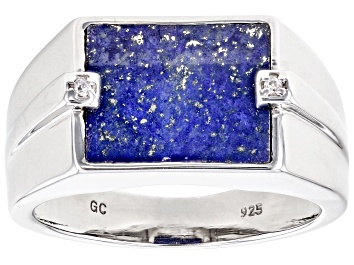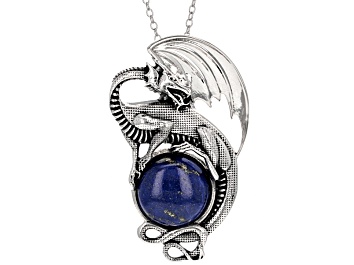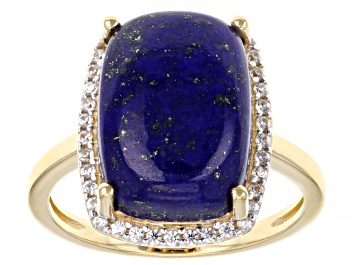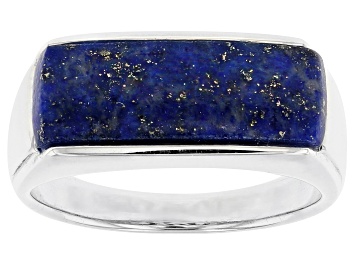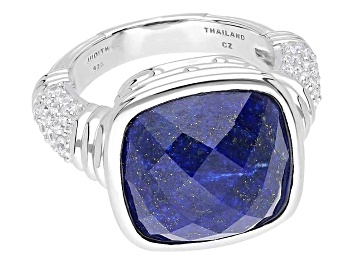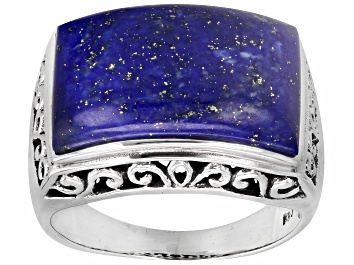Clear gemstones like diamond, ruby, sapphire and emerald tend to receive all of the attention and admiration, but this blog is dedicated to gorgeous opaque gemstones. Although nature has many examples to offer, we’ll go in-depth today on four of the most-loved and beautiful opaque stones - from their properties and meaning to how you can style them, plus how to clean them. You’ll soon understand the idea that beauty can be found in mystery rather than clarity.
Opaque Gemstones: Relishing the Beauty in Mystery
We're being completely transparent about our love for these gems.
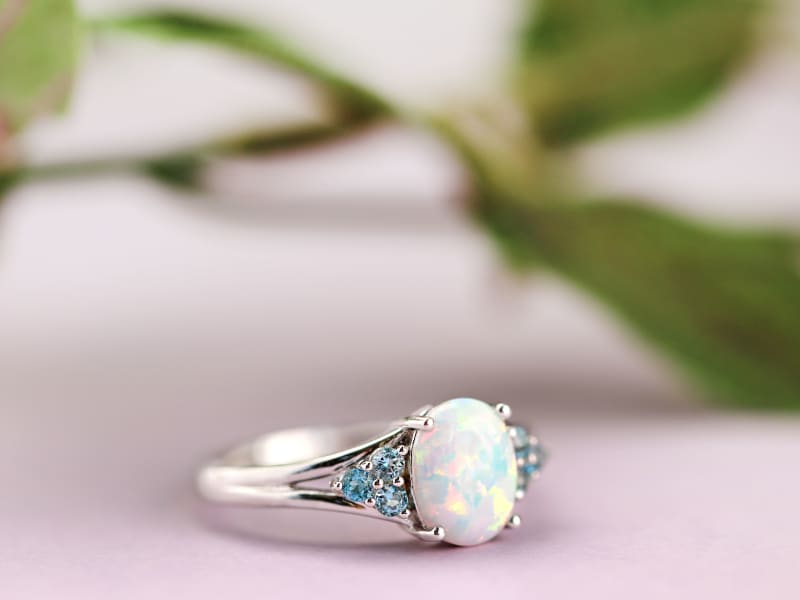
Featuring: Opal Jewelry by JTV
What Are Opaque Gemstones?
To understand what an opaque gemstone is, we first have to briefly go over gemstone transparency and translucency.
Gemstone transparency is the extent to which light can pass through the gem, and therefore how easily you can see through it. Gems like quartz and corundum (ruby, sapphire) let through a lot of light and are very see-through, meaning they are highly transparent.
Translucent gems let a small amount of light pass through, but if you were to hold one up to your eye, you would not be able to see clearly through it. Some translucent gems include moonstone and agate.
Finally, opaque gemstones are those that totally block light from filtering through. You cannot see through these gemstones at all. In the next section, we’ll look at some examples of gems that fall under this category.
Examples of Opaque Gemstones
Turquoise
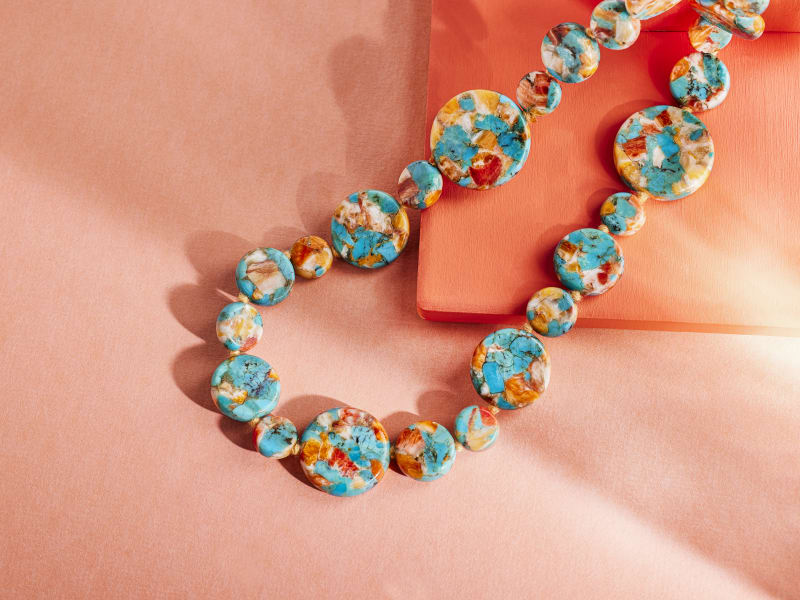
Turquoise jewelry is perhaps the first thing you think of when it comes to opaque gems. This aqua-colored stone, famous for its use in Native American and southwestern jewelry, has a lot of positive symbolism attached to it. Turquoise is associated with wisdom, tranquility, protection and good luck, a combination that is pretty hard to beat.
Opal
Opal is another of the most well-known opaque gemstones, treasured for its unusual, sparkling multicolor phenomenon called play-of-color. And not only does it come in the typical iridescent bluish variety, there is also pink opal, black opal and red-orange fire opal. Opal jewelry has actually been a symbol of hope, truth, purity and passionate love throughout most of history.
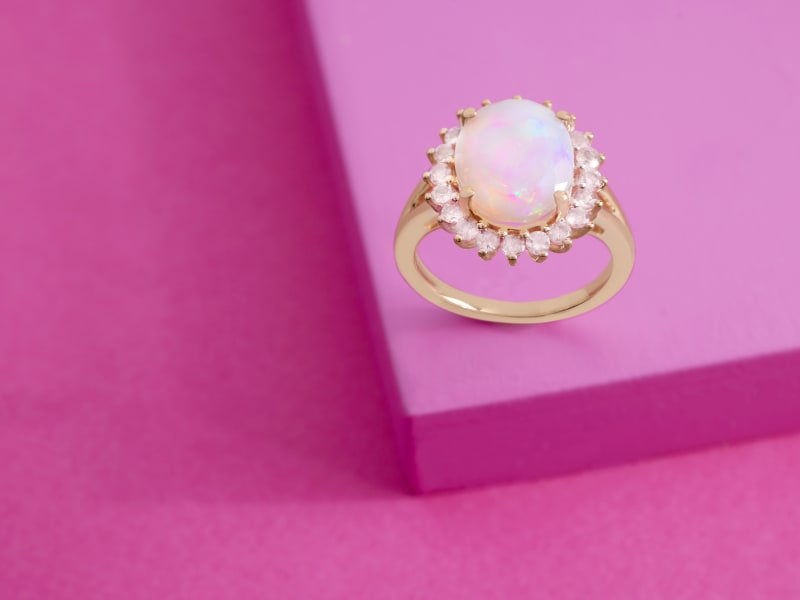
Coral
Coral jewelry, which is actually a byproduct of a living organism rather than a mineral, is typically colored in the spectrum between pink and red. Some people associate coral with harmony and protection. And, perhaps reflecting the adventurous ocean depths where it comes from, coral also symbolizes confidence and strength and is said to help those who are anxious.
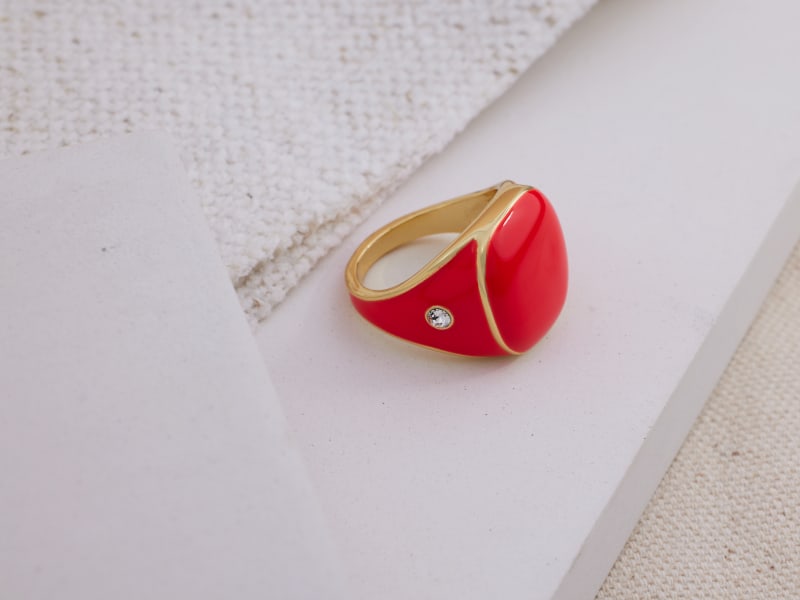
Lapis Lazuli
Lapis lazuli jewelry has gorgeous navy blue stones with trace amounts of gold pyrite and white calcite speckled throughout. The resulting effect is that of a starry night sky. Traditionally, this gemstone has also been linked to protection against negative emotions and has its own special nickname as the “stone of truth and companionship.
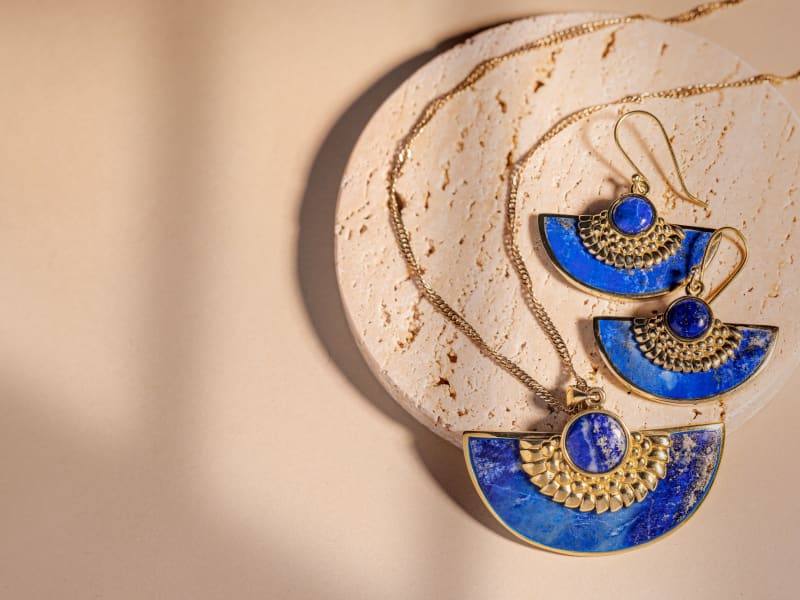
Additional Opaque Gemstones
- Carnelian
- Chalcedony
- Jadeite
How to Style Opaque Gemstones
Usually you will see the rich colors of opaque stones paired with neutrals, such as black, white, gray, brown, taupe and tan. These are always a safe and flattering bet. But if you’re interested in trying something different and really catching people’s eye, you can try some of these other charming combinations:
- Turquoise and yellow, burnt orange, red or pale pink
- Opal and... almost everything! Accent whichever colors are most prominent in your unique gemstone.
- Coral and navy blue, green, yellow, orange or gold.
- Lapis lazuli and yellow, orange, red or pink.
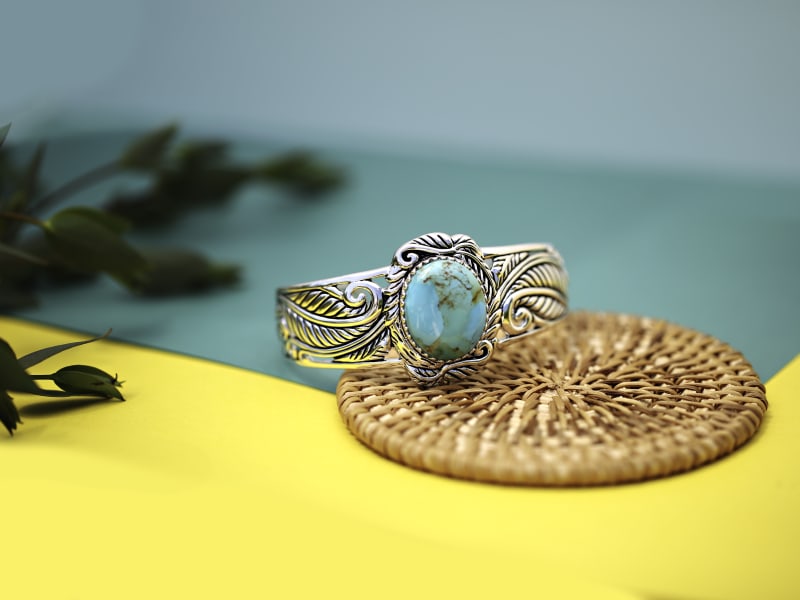
How to Take Care of Opaque Gemstones
Finally, if you’re going to get in on the opaque gemstone action, it’s important to know how to care for them. Their uniquely beautiful qualities come with equally special methods of cleaning. However, even though maintaining these stones is different from how you would clean most other gems, it’s not difficult. Keep reading for our simple advice to keep your opaque gems looking their best.
Turquoise
Turquoise ranges between 5-6 on the Mohs Hardness scale. It is also very porous - this means that the stone has very small spaces in it that can allow air or liquid to pass through.
While there’s not much you can do about the air, you want to prevent water, oil and any kinds of colored liquid or chemicals from seeping into your turquoise because it can damage the color. For cleaning purposes, this means you should only use a soft cloth that is damp with lukewarm, mild soap water. Also avoid steam cleaners for this reason, and stay away from ultrasonic cleaners because they can crack these gems.
Opal
Opal can have a hardness between 5.5-6.5 and many varieties are non-porous. Therefore, if your jewelry piece has a solid opal, you don’t have to be particularly cautious about water. However, many opal accessories are actually doublets or triplets, meaning that a slice of opal has been glued to one or two layers of other material, such as glass or plastic. In this case, you do want to avoid water because it can dissolve the glue.
When it comes to cleaning, simply wipe your opal stones with a cloth and lukewarm, mild soap water. If it is a doublet or triplet, do not submerge it in the liquid. For long-term storage, wrap your opal jewelry in a wool or cotton cloth with a few drops of water on it to prevent overdrying and cracking.
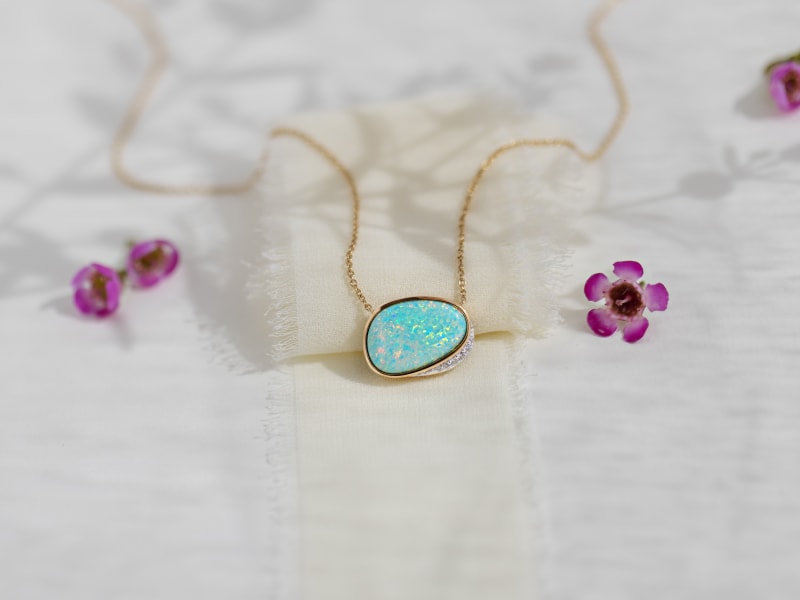
Coral
Coral is only a 3 on the Mohs Hardness Scale and is also very porous. That means it’s best to save these accessories for once in a while rather than every day. When they do require a cleaning, you should handle it in the same way you would turquoise - a soft towel dampened with lukewarm, mild soap water.
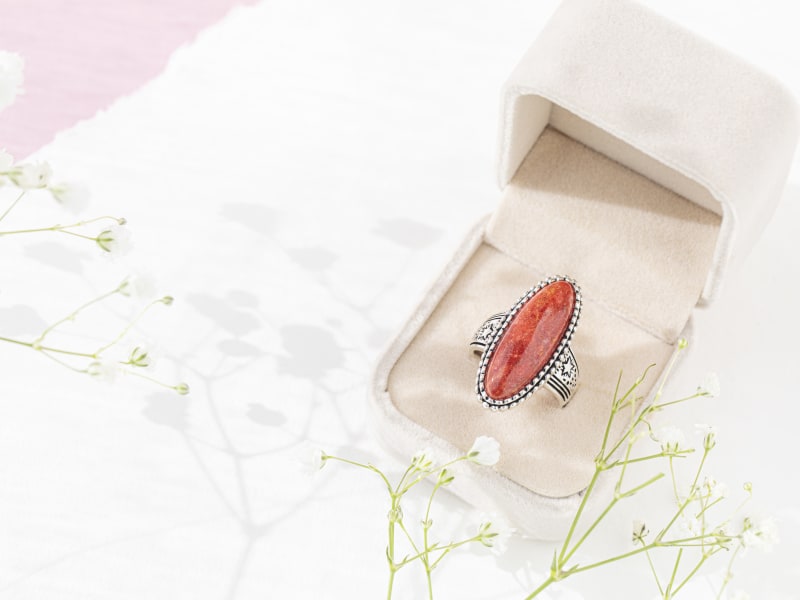
Lapis Lazuli
Lapis lazuli ranges in hardness between 5.5-6 and has a porous composition. It is also often dyed to further enhance its dark blue color. When cleaning, use only mild, lukewarm soap water to dampen a soft cloth and gently wipe the gem. Stay away from chemicals and ultrasonic cleaners especially to avoid discoloration and cracking.
Frequently Asked Questions About Opaque Gemstones
What is an opaque gemstone?
An opaque gemstone is one that does not let light pass through and cannot be seen through. The opposite of opacity is transparency - transparent stones let a lot of light through and you can see clearly through them.
What are some examples of opaque gemstones?
Examples of opaque gemstones include turquoise, opal, coral, lapis lazuli and some varieties of carnelian, chalcedony and jadeite.
How to take care of opaque gemstones?
Opaque gemstones are usually porous, meaning liquids can seep inside the stone and damage it. Therefore, to take care of these gems you should avoid submerging them in water and only wipe them with a damp cloth.
Erin McIntyre
Opal happens to be Erin's favorite gem, but she loved having a chance to hype up all of the underappreciated opaque gemstones!




